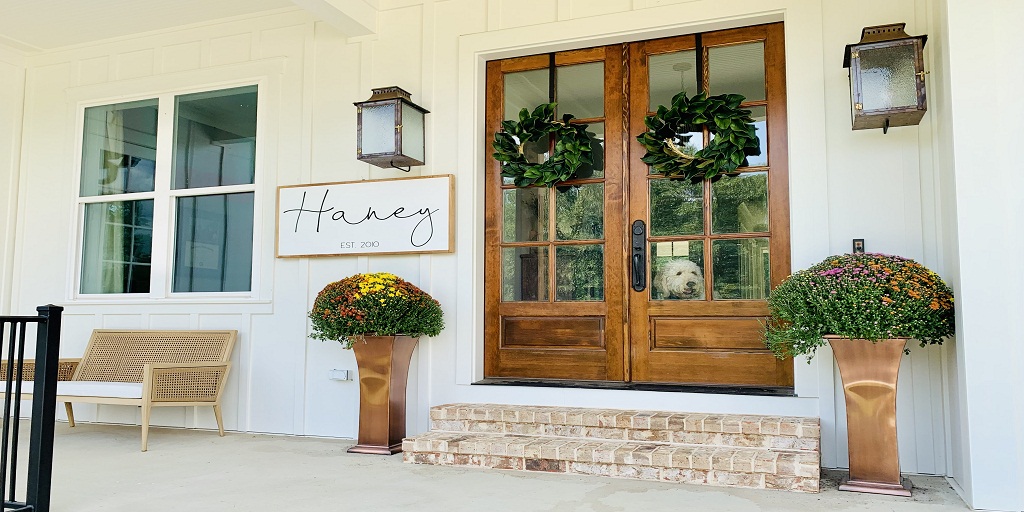The history of the art of working in clay has been very hard to trace. Many place its origins back to the neolithic period right when men understood the need for tools to efficiently transport water to their crops.
Indeed, the malleable nature of clay makes it easy to discover and master by any society, and its economic importance makes it an indestructible cultural legacy.
Archeologists have not been able to pinpoint the adoption of the potter wheel in time either. However, it marked an important technological development as it allowed potters to mass-produce symmetrically round pieces. This circular lathe revolved on a central pivot, allowing the user to manipulate the clay as it spun around, giving makers the ability to create oval and round shapes that stayed true in their capacity.
Current archeological finds indicate that it was the Egyptians who changed the nature of clay pots and started using them as plant containers. Tall outdoor planters gave them the ability to easily move plants around and enter them into the market.
They perfected the craft by creating the first kilns. They also were the first ones to glaze pieces of pottery, reducing porousness and giving their finished pots a glassy finish.
However, pottery did not reach its position as a form of art until the Greeks started decorating their vases with intricate and beautiful patterns. They even transmitted their epic stories through drawings on vases, with many surviving to this day.
While there have been splendorous times where gardens were an expression of wealth, potted houseplants have been extremely rare in history.
The now obvious use of terracotta pots wasn’t widely adopted up until the Victorian era. This trend advanced progressively through the 19th century, going from being considered a curiosity to a veritable craze at the end of the eighteen hundreds. American potteries soon caught on and started creating ornate flower pots and tall outdoor planters to provide for the new architectural furor that favored lush indoor greenery and verdant patios.
Most planters and pots were made of clay, terracotta, and ceramics. But the twentieth century brought with it modern materials such as plastic. Plastic containers are lightweight and inexpensive, so they were quickly adopted by growers. They also offer different shapes, sizes, and colors. However, they do not provide the warmth and allure of more classical materials and designs. Moreover, plastics and synthetics proved to lack sustainability, making them an environmental liability.
Modern culture has now brought us back to our roots. Pots once again are made of other earthen elements with all their benefits that make them the perfect materials for growing plants.
Along with this revival is a demand for handmade pieces, or at least more decorative ones which harken back to our rich history.
This led to a renewed appreciation of clay and terracotta, which are both environmentally friendly materials, but also created a push for classical elements that are durable and 100% recyclable.
Master crafters have adopted steel and copper for crafting delicately ornate plant pots and patio planters, giving indoor and outdoor spaces a classical yet timeless charm that blends perfectly with today’s home decor trends.
Stainless steel planters are natural for indoor use, giving any space a touch of modernity without neglecting their purpose which is bringing a breath of nature into a home.
However, patios and yard decks today benefit from the strong yet grounded presence of copper. The tone of copper is a lot more sober than terracotta and has the added quality of picking up outdoor lighting and reflecting it warmly, especially if you have properly polished tall outdoor planters.
I find that H Potter has expertly reached a balance between tradition and innovation, giving their customers a taste of this ancient art but adopting the best materials and keeping up with today´s home decor trends. Browse through their exclusive garden planters and find the planters your patio needs today.



